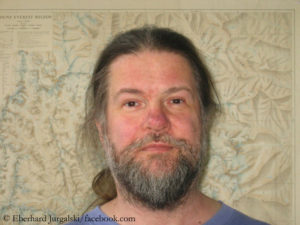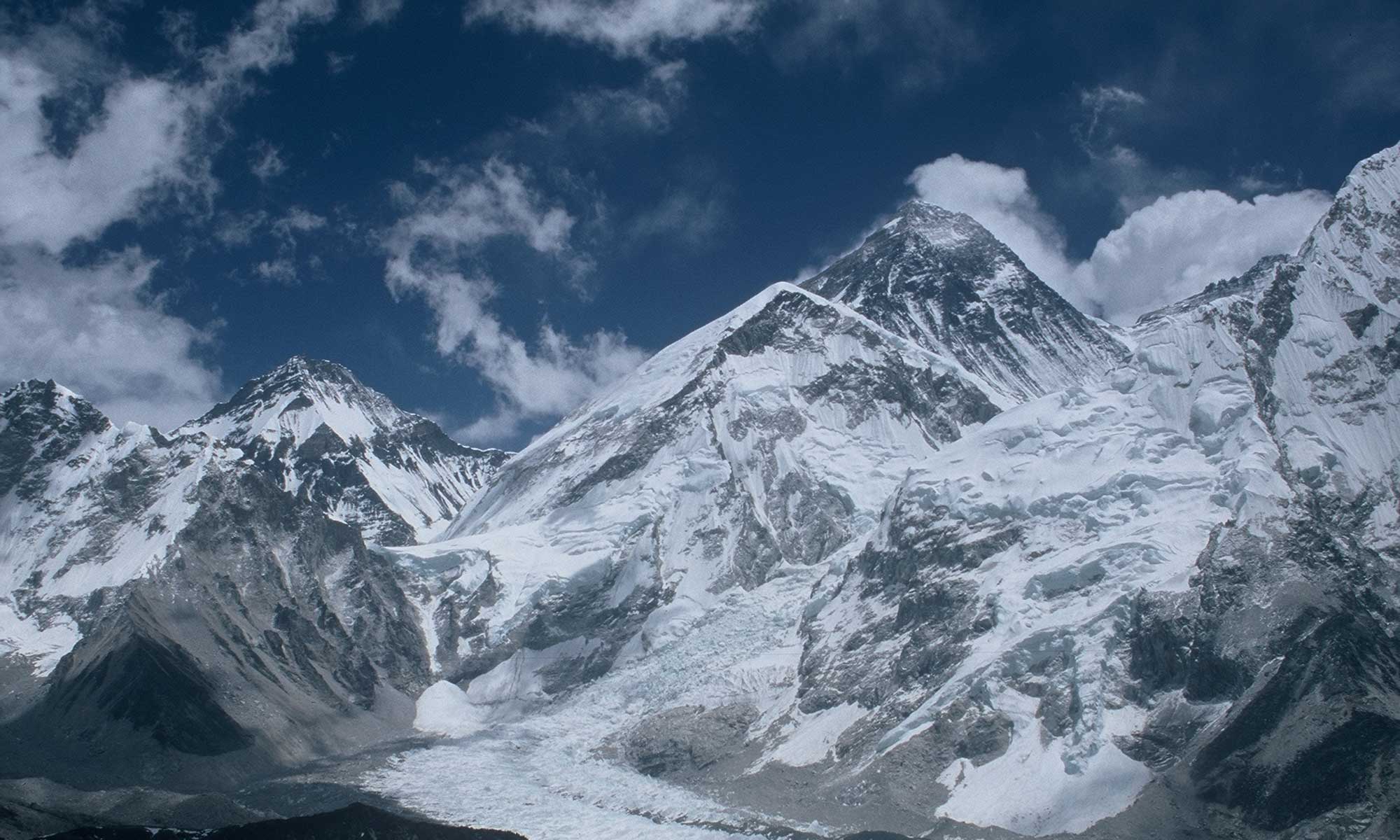
“Actually, I had thought that with our list, after ten years of research, the main work was finished,” Eberhard Jurgalski tells me. “But that was a fallacy.” The list published by a team around the German chronicler, according to which – as reported – without a doubt only three climbers have stood on the highest points of all 14 eight-thousanders, continues to cause heated debate in the scene.
“I won’t let anyone tell me that such an ascent is not valid,” Reinhold Messner, for example, scolded in an interview with the Swiss newspaper “Tages-Anzeiger”. According to research by Jurgalski and Co., Messner and his South Tyrolean teammate Hans Kammerlander had turned around on Annapurna in 1985 at a point on the summit ridge five meters lower and 65 meters from the highest point. In the new list Messner, celebrated worldwide as the first man on all eight-thousanders, is therefore listed with “only” 13 eight-thousanders. Even though he and Kammerlander had opened a new route through the Northwest Face of Annapurna.
No tolerance zones

“If someone wasn’t on the summit, then he just wasn’t at the top,” Jurgalski says. “It’s like 1 plus 1 equals 2. For example, would a pop star who has landed 13 number one hits and one at number two be credited with having been at the top of the charts 14 times?”
Jurgalski also rejects the suggestion of Germany’s most successful high-altitude mountaineer Ralf Dujmovits – also on the list with 13 eight-thousanders because he missed the “real” summit of Manaslu. Ralf had suggested to me to take up the proposal of the chroniclers from three years ago to determine narrow tolerance zones around the particularly complex eight-thousander summits. Those who had reached these zones by 2019 should be accepted to have completed the ascent.
However, Jurgalski and Co. have since rejected this proposal. “Tolerance zones are not feasible. It was our mistake to propose them,” says the 69-year-old. “Where do I put these zones – at five meters, 50 meters or 150 meters? Either way, they would be arbitrary limits. And we’d be accused of that. Focusing on the summit is the only and also consistent way.” In that respect, he doesn’t understand the excitement of some mountaineering top stars. “If they are honest with themselves, they have to admit to themselves that we are right.”
“With Loretan, I cried”
The new list in no way diminishes the great achievements of Messner and others in the 1970s, ’80s and ’90s, Jurgalski clarifies. Some of his findings, he says, have taken an emotional toll on him himself. “It also hurt me. When I realized that Erhard Loretan, one of the best climbers of all time, hadn’t reached the highest point of Dhaulagiri but actually still had about 140 meters of way to go, I cried. I was totally devastated. I am so sorry in his case. But this is about facts, and we need to know them.”
In any case, the list does not change the pioneering role of the mountaineering legends and their great importance for alpinism, says Jurgalski. “Messner opened seven new routes on the eight-thousanders, Jerzy Kukuczka nine. Loretan was also on the most difficult routes – on Dhaulagiri, where he did not reach the highest point, in winter. Their 13 eight-thousanders are actually worth more than the 14 of Ed Viesturs and Veikka Gustafsson, who always climbed on the normal routes.” Even if Viesturs and Gustafsson, in contrast to the third in the 14er bundle according to new reading, the Nepalese Nirmal Purja, were always en route without bottled oxygen.
Points list with more criteria?
Jurgalski himself is annoyed by the fact that mountaineers who could not even remotely hold a candle to Messner and Co. in terms of climbing will pass by those earlier legends on the list. The chronicler does not want to resign himself to that. “I’m thinking about a points list that also takes into account such things as new route, without bottled oxygen, winter ascent, Sherpa support, helicopter transport and the like,” says Jurgalski. “It would look very different. Then Kukuczka would probably be at the top, Messner second and Loretan third. And Purja under ‘also-run’.”


Messner is not Messner because he summited all 14x8000ers. He is such a legend because what he did on these mountains, the routes, the style and so what. And there are several climbers as good as Messner and Kukuckza that did not complete the 14. And the fetish “to conclude all 14” will be less and less important over the years, since there will be dozens (if not hundreds) of new names in the next decade, all of them with oxygen, sherpa baby-sitters and helicopters transportation to higher camps. The list of Eberhard is perfect and necessary and only categorizes the ascents according with what point climbers reached.